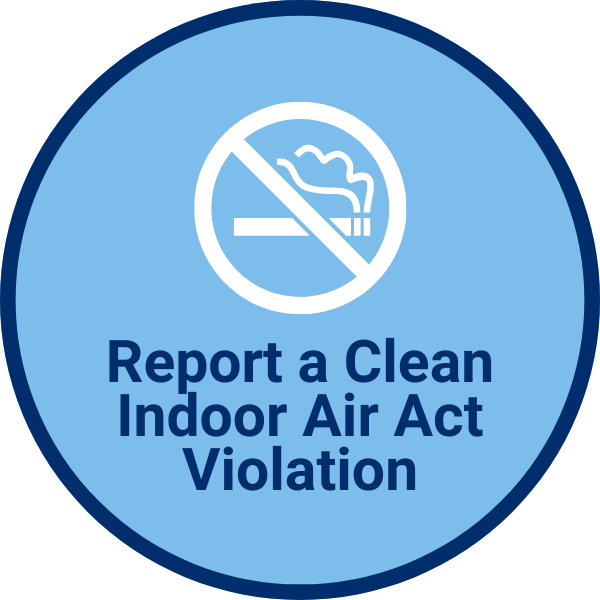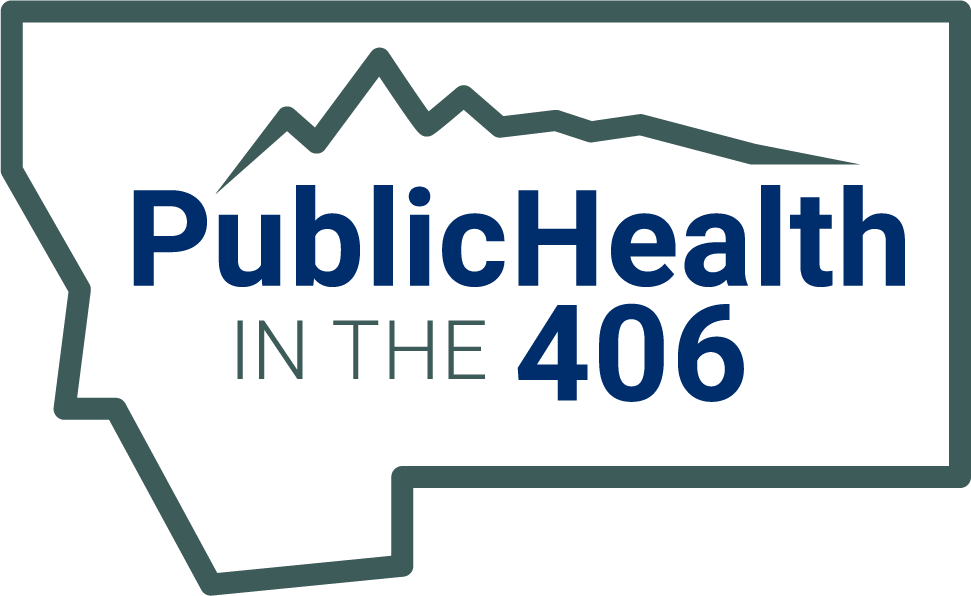AMERICAN INDIAN TOBACCO EDUCATION PROGRAM
The Montana American Indian Tobacco Education Specialists honor traditional tobacco while addressing the needs of Tribal members in regard to commercial tobacco addiction.
Shared Vision
MTUPP supports ten American Indian Tobacco Education Specialists (TES) throughout Montana, including the eight Tribal Governments: Blackfeet Nation, Confederated Salish and Kootenai Tribes, Crow Nation, Fort Belknap Indian Community, Fort Peck Assiniboine and Sioux Tribes, Montana Little Shell Chippewa Tribe, Northern Cheyenne Tribe, and the Chippewa Cree Tribe (Rocky Boy); along with two Urban Indian Centers (All Nations Health Center in Missoula and Native American Development Corporation in Billings). The American Indian Tobacco Education Specialists continually educate local community members about the harms of commercial tobacco and the benefits of traditional tobacco.
Tobacco Education Specialists activities include:
- Partnering with local Tribal health departments
- Presenting to youth in local schools
- Sharing social media
- Offering resources for smoking and vaping cessation
- Participating in cultural activities and health fairs
- Communicating with decision-makers for the health & well-being of Tribal members in Montana.
- Monthly Tobacco Talks
- Annual Tobacco Warrior Youth Summit
Tobacco Talks air every third Thursday of the month at 10:30 on the MAITES Facebook page. Developed during the COVID-19 pandemic, it was a dream of a Tobacco Education Specialist (TES) to reach the now more digital-based audience at home. Many reservations "shut down," so the TES had to find new ways to share commercial tobacco awareness and education. Drawing from the love that Native people have when coming together, Tobacco Talks discuss various life topics and important issues related to health and everyday lives. Tobacco Talks is a time to visit. Each month Native TES take turns leading and facilitating the discussion. Please join us!
The Annual Tobacco Warrior Summit is a gathering of youth ages 13-17 and serves as a place to learn new things and meet new people. The summit is every June and is hosted by a TES in a different reservation or urban location each year. The Tobacco Warrior Summit is collectively funded by the Montana American Indian Tobacco Education programs. The Tobacco Warrior Summit provides three days of: cultural teachings by local elders; commercial tobacco education; leadership and life skills; traditional Native games; plant identification walks; and media & poster contests.
Not all Tribes may use tobacco in the same way, but in general, it is used for ceremony, prayers, and healing. Some Tribal nations may be more open to how they use tobacco for ceremonial purposes and other Tribal nations may have cultural protocols regarding tobacco use that aren’t shared with the public.
Montana’s Plains Indians follow a simple theory of living within Nature, believing that all things are living and with spirit. It is the relationships made with each spirit that matters. These living entities and relationships all exist within the medicine wheel circle of life.1
The Medicine Wheel is powerful in all its forms and is known to have the ability to connect humanity to infinity. The Medicine Wheel encompasses wisdom for humans and truth about plants. It is rooted in traditional wisdom that teaches how to walk in-balance with Mother Earth to sustain the harmony of Creation in this land.
Each direction has guidance for people, which incorporates the life cycle of plants. These plants, roots, and trees are sacred beings and should always be cared for as if they were family members. Each tribe is diverse and unique and has its own protocol for growing, harvesting, and preserving these sacred beings.2
Four Sacred Plants or Tree Medicines:
- Tobacco, Spirit of the East - Brings clarity
- Sage, Spirit of the South - Assists with change in our lives
- Cedar, Spirit of West - Guards and protects Mother Earth and children
- Sweet grass, Spirit of the North - Hair of Mother Earth
Commercial tobacco companies have used the tobacco plant for other motives and combined with an individual’s habitual use, without the intent of prayer, there is a change in spirit energy which can lead to addiction and death.1
“We have to understand the intent we place on tobacco. Are we using it in a respectful or an abusive way? Our communities are starting to understand the negative effects that commercial tobacco has on our people, and we are making steps to show them the right way. Living in a good way means we respect the reciprocal relationship we have with tobacco.” – Dana Kingfisher, Blackfeet/White Clay.3
Excerpts from: 1) Eduardo Duran, Cessation & Recovery from Commercial Tobacco Addiction, An American Indian and Tribal Perspective. 2) Montana Indian Nations Sacred Plant Guide. 3) Dana Kingfisher, Prevention Director, All Nations Health Center, Missoula, MT.
Other Resources:
- Order: The "Sacred Plant Guide," "Cessation & Recovery", and other American Indian traditional and commercial tobacco resources from MTUPP's Online Store.
- Visit: Good Health & Wellness in Indian Country - CDC - Rocky Mountain Tribal Leaders Council (rmtlc.org)
- Visit: Good Medicine Keepers – Honoring the Sacred Tradition of Tobacco (rmtlc.org)
The diseases caused by tobacco addiction remain the leading causes of death in the United States and for Montana American Indians. Tobacco use leads to cardiovascular disease, several types of cancer, and complicates serious health conditions such as diabetes, asthma, mental illness and substance abuse.
In addition, e-cigarettes are the most used tobacco product among teens (Montana YRBS, 2023). The more immediate health effects include coughing, wheezing, behavioral and mood changes, headaches, seizures, vomiting and potential severe lung injury. Vaping also negatively affects teens’ attention, learning, and impulse control in a way that can affect them in school, sports, and social situations. Nearly all vapes contain nicotine, one of the most addictive substances, and in many cases, as much as or more than in traditional cigarettes. Nicotine negatively affects the cardiovascular system (increasing heart rate and blood pressure and the risk of heart attack and stroke), respiratory/lung functioning (including inflammation, asthma and wheezing) and reproductive organs. People who vape can quickly become addicted and are at increased risk of starting to smoke cigarettes or use other addictive products. (What are the Health Effects of Vaping? Partnership to End Addiction)
For more information on tobacco related health effects, please see all MTUPP's Tobacco Fact Sheets
The MT American Indian QUITLINE offers a dedicated line connecting to American Indian coaches who understand. A recent caller and longtime smoker never thought she would be able to quit, but with the help of the American Indian Quit Line, where she found the coaches "pleasant to converse with and very informative", she is now two months smokefree. Read the Montana American Indian Commercial Tobacco Quit Line Success Story or watch the American Indian Commercial Tobacco Quit Line Message and start your quit today.
Recently added to the American Indian Commercial Tobacco Quit Line is a combined coaching for Pregnant and Post Partum Women struggling with nicotine addiction. There are risks involved with smoking during pregnancy. Women may decide that pregnancy is a good time to quit and now may earn up to $320 by participating in coaching calls with the MT American Indian QUITLINE.
To learn more visit QuitNowMontana.com. For a more Tribally specific reading on addiction and cessation, order Cessation & Recovery from Commercial Tobacco Addiction: An American Indian and Tribal Perspective from the Online Store.
- Breath is Sacred by American Indian Cancer Foundation
- Keep it Sacred by Foreshadow
- #DecolonizeTobacco by Supaman
-
Youth Prevention Message by Frank Waln
- Montana American Indian Commercial Tobacco Quit Line Message
Although the Montana Clean Indoor Air Act does not apply to public facilities owned and operated by Tribal governments or Tribal members within their reservation of enrollment, many Montana Tribal Nations have adopted Clean Indoor Air Act policies. There is no safe level of exposure to the smoke produced by burning commercial tobacco. Secondhand smoke can cause damage and disease in virtually every organ in the body. The Clean Indoor Air Act protects everyone from Secondhand Smoke exposure.
American Indian Tobacco Education Specialists help with developing smokefree policies for local businesses, casinos, events, colleges, K-12 schools, and multi-unit housing.
To order smokefree and tobacco-free signage and clings, please visit MTUPP's Online Store.
All Tribes, except the Confederated Salish and Kootenai Tribes, have a “Revenue Sharing Agreement” with the State of Montana, meaning that the price of a pack of cigarettes is the same on and off the reservations. Cigarette packs are taxed at $1.70, and tax is 50% Over the Price (OTP) of all other tobacco products.
Revenue Sharing with the Tribes began in the 1990’s. In 2011, the Northern Cheyenne were the last Tribe to negotiate the agreement. The Confederated Salish and Kootenai Tribes are unable to go this route due to their own Governing by-laws; instead, there is a Department of Revenue Quota System which minimizes the quantity of tobacco products sold on-location.
Revenue Sharing allows store owners to tax all tobacco products and not distinguish between Tribal and non-Tribal sales. The state collects the tax from all products. The state and Tribe have agreed on a formula for sales to members living on their own reservation. The state then reimburses the Tribes for this dollar amount of taxes being collected from Tribal members.
This is done because a state cannot tax a Tribal member who is an enrolled member, living on their reservation. For example, income earned by a Tribal member working and living on their reservation cannot be taxed. However, a Tribal member working and living off their reservation can be taxed. Each Tribe then has jurisdiction over the returned funds collected from members paying tobacco taxes. It is up to the Tribe to use monies according to their own governing practices and policies.
In the case of the Confederated Salish and Kootenai Tribes, the state uses a similar formula to estimate how many cigarettes will be on the reservation. The Confederated Salish and Kootenai Tribes have designated six tobacco retailers on the reservation and the quota of un-taxed cigarettes for each store. Owners of stores are to card for each sale of un-taxed products to their members. Each store has a specific number of cigarettes to sell without taxes throughout the year. All other tobacco retail stores on the Reservation sell tobacco products with the state tax included.
- Follow the Montana American Indian Commercial Tobacco Prevention page on Facebook. Join the Tribal Tobacco Education Specialists every third Thursday of the month for "Tobacco Talks".
- Help American Indian youth learn their culture and the role of traditional or sacred tobacco. Integrate Native Games into your daily play. Check out the annual Tobacco Warrior Summit by contacting your local American Indian Tobacco Education Specialist.
- Teach American Indian children about how commercial tobacco manufacturers exploit American Indian tradition and images.
- Learn the harms of commercial tobacco, including electronic nicotine devices, have on your health.
- Keep your home commercial tobacco-free.
- Support smokefree businesses.
- Encourage your Tribal Council to pass a resolution to make your reservation free from commercial tobacco.
- Encourage high prices for commercial tobacco products. Raising commercial tobacco taxes stops kids from using commercial tobacco and helps people who are addicted to quit.
- If you or a loved one smokes, uses smokeless tobacco, vapes, or uses any other commercial tobacco product, call the dedicated American Indian Commercial Tobacco Quit Line (855) 5AI-QUIT or visit MTAmericanIndianQuitLine.com.
- Learn more at QuitNowMT.com
- Contact your local Tribal commercial Tobacco Education Specialist for more information.
*Indigenous peoples are inheritors and practitioners of unique cultures and ways of relating to people and the environment. They have retained social, cultural, economic, and political characteristics that are distinct from those of the dominant societies in which they live.
The terms Native American and American Indian are used interchangeably. We use the term American Indian because it is consistent with the Office of Management and Budget Standards, (OMB) race categories. A 1995 Census Bureau Survey of preferences for racial and ethnic terminology (there is no more recent survey) indicated that 49% of native people preferred being called American Indian, 37% preferred Native American, 3.6% preferred "some other term", and 5% had no preference. While the issue is not divisive, American Indians generally prefer to be identified as members of their specific Tribe.









